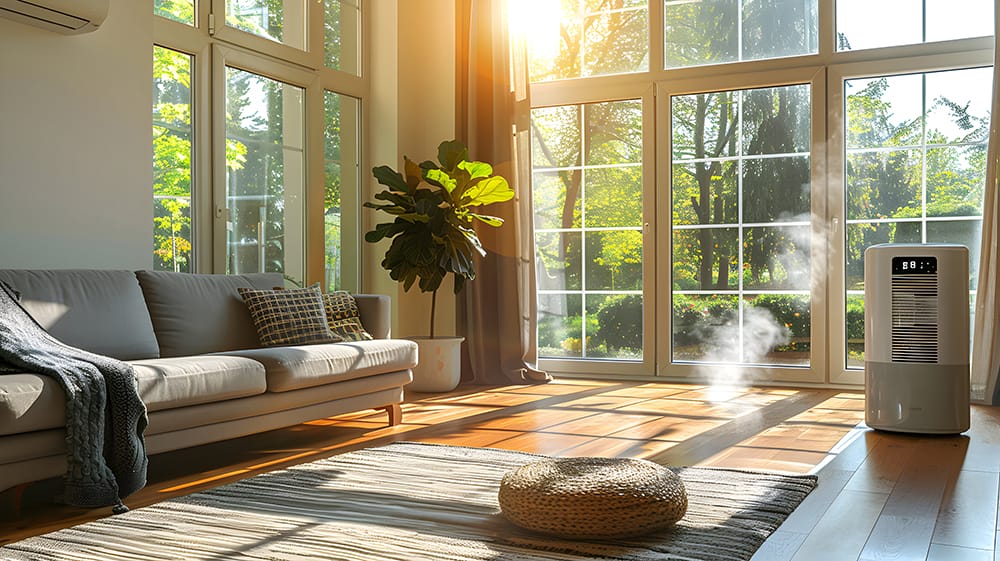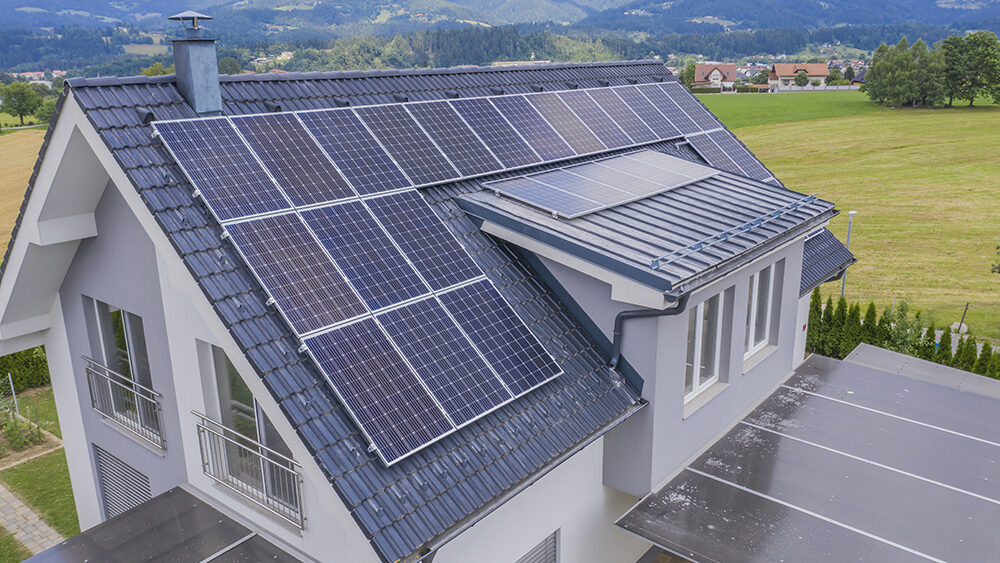Energy-Efficient Home Remodeling Ideas to Lower Your Bills
Remodeling your home with energy-efficient upgrades not only helps lower your utility bills but also reduces your carbon footprint. By integrating sustainable design elements, you can enhance your home’s comfort, increase its value, and contribute to a greener environment. Whether you’re replacing windows or adding insulation, there are plenty of energy-saving home improvements to consider. Here are some key ideas to make your home more energy-efficient and environmentally friendly.
1. Upgrade to Energy-Efficient Windows
Old windows can be a major source of energy loss, allowing heat to escape in winter and letting warm air in during the summer. Replacing them with energy-efficient windows can drastically reduce your heating and cooling costs. Look for windows that are:
- Double or triple-paned for improved insulation
- Low-emissivity (Low-E) to reduce heat transfer
- Energy Star certified to meet high-performance standards
Energy-efficient windows help maintain a consistent temperature in your home, reducing the need for constant heating or cooling.
2. Add or Upgrade Insulation
Proper insulation is crucial for keeping your home comfortable and energy-efficient. Insulation helps maintain the desired indoor temperature by preventing heat loss in the winter and heat gain in the summer. Focus on areas that tend to lose the most energy, such as:
- Attics: Adding insulation in the attic can prevent heat from escaping during the colder months.
- Walls: Insulating the walls can help regulate temperature and prevent drafts.
- Basements and crawl spaces: These areas are often overlooked but can be major sources of energy loss.
Consider using spray foam insulation for hard-to-reach areas or blow-in cellulose for attic spaces. Better insulation keeps your home warmer in the winter and cooler in the summer, reducing the need for air conditioning and heating.
3. Install a Smart Thermostat
A smart thermostat is an easy-to-install, energy-saving upgrade that automatically adjusts the temperature in your home based on your schedule and preferences. With a smart thermostat, you can:
- Control the temperature remotely from your smartphone or other devices.
- Set schedules for when you’re home and away, ensuring the HVAC system isn’t working when you don’t need it.
- Learn your preferences over time, optimizing energy use for comfort and savings.
By adjusting your home’s temperature when needed, you can significantly lower your energy consumption and reduce your utility bills.
4. Upgrade to Energy-Efficient Appliances
Another effective way to reduce energy consumption is by upgrading your old appliances to energy-efficient models. Look for the Energy Star label, which indicates that the appliance meets the government’s efficiency standards. Common upgrades include:
- Refrigerators: Newer models consume far less electricity compared to older ones.
- Washing machines and dryers: Energy-efficient washers use less water and electricity, while newer dryers dry clothes faster and with less energy.
- Dishwashers: Modern dishwashers use less water and energy to clean dishes effectively.
Though the initial cost of upgrading appliances may seem high, the long-term savings on energy bills often make them worthwhile.
5. Improve Lighting Efficiency
Switching to LED lighting can make a significant difference in your home’s energy consumption. LED bulbs use far less energy than traditional incandescent bulbs and last much longer, reducing both energy use and the cost of replacing bulbs. Here are a few lighting upgrades to consider:
- Install dimmer switches: Dimmer switches allow you to adjust lighting levels, reducing energy usage when full brightness isn’t necessary.
- Use motion sensors: In hallways, bathrooms, or outdoor areas, motion sensors ensure lights are on only when needed.
- Replace outdoor lighting: Consider solar-powered garden lights or LED fixtures for outdoor spaces.
By making simple lighting upgrades, you can reduce your home’s overall electricity consumption.
6. Seal Air Leaks and Gaps
Air leaks are common culprits in energy loss. Sealing gaps around windows, doors, ducts, and pipes can prevent warm or cool air from escaping and reduce the need for constant heating and cooling. Some areas to check for leaks include:
- Windows and doors: Check for gaps and replace weatherstripping or caulk where necessary.
- Attic hatches and vents: Ensure these areas are sealed to prevent air from escaping.
- Ducts: Leaky ducts can cause your HVAC system to work harder, leading to higher energy consumption.
Sealing air leaks is a low-cost but highly effective way to improve your home’s energy efficiency.
7. Consider Solar Panels
If you’re looking to make a bigger investment, solar panels are a powerful way to reduce your dependence on traditional energy sources and lower your utility bills. Solar panels harness the sun’s energy to generate electricity, which can be used to power your home. In many cases, excess energy can be sold back to the grid, allowing you to offset your costs even further. While the initial installation cost can be significant, tax incentives and long-term savings on energy bills make solar panels a worthwhile consideration.
8. Invest in Cool Roofing Materials
If you live in a hot climate, installing cool roofing can help lower your energy bills by reflecting more sunlight and absorbing less heat than traditional roofing materials. Cool roofs can keep your home cooler in the summer, reducing the need for air conditioning. Options for cool roofing materials include:
- Reflective shingles: These shingles are coated with materials that reflect sunlight.
- Cool metal roofs: Metal roofs are inherently reflective and can be coated with special coatings for even greater efficiency.
A cool roof can reduce your cooling costs and increase the comfort of your home during hot months.
9. Consider Landscaping for Energy Efficiency
Your landscaping choices can also contribute to your home’s energy efficiency. Strategically placed trees, shrubs, and vines can provide natural shade and reduce the amount of heat that enters your home. Consider the following:
- Plant shade trees on the south and west sides of your home to block direct sunlight.
- Install trellises or vines near windows to provide additional shading in the summer.
- Use evergreen trees as windbreaks to protect your home from cold winds in winter.
By making smart landscaping decisions, you can reduce the need for heating and cooling and lower your overall energy costs.


